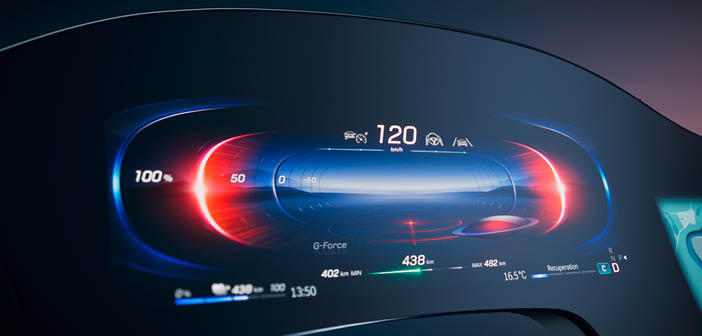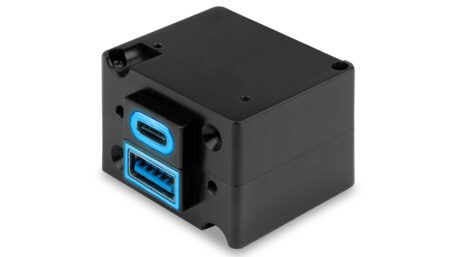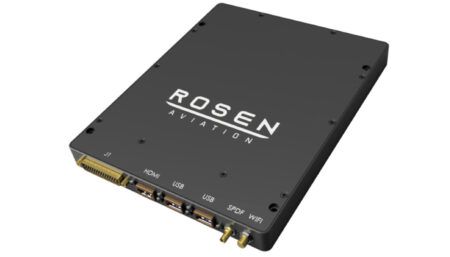In a move of interest to automotive trend-watchers, Mercedes-Benz has unveiled the latest step in the evolution of the Mercedes-Benz User Experience (MBUX) operating system. The MBUX Hyperscreen will be available in the upcoming EQS all-electric car.
The curved screen unit is 141cm (55.5in) wide, stretching almost the entire width of the car. An example of a digital/analogue design fusion, several displays appear to blend seamlessly. Analogue air vents are also integrated into the large digital surface.
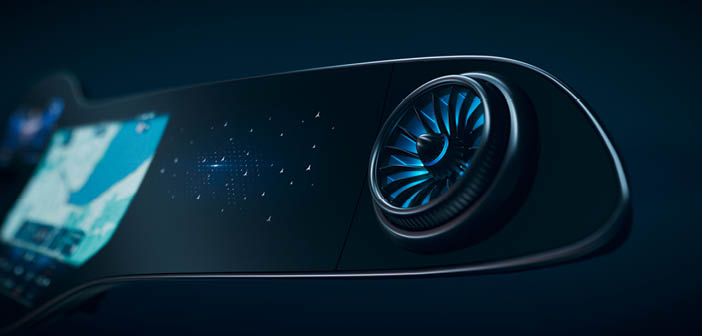
The MBUX Hyperscreen has a ‘zero-layer’ interface so the user does not have to scroll through submenus or give voice commands. The most important applications are always offered in a situational and contextual way at the top level in view.
The software uses AI to adapt the display and operating concept to the user, making personalised suggestions for numerous infotainment, comfort and vehicle functions.
“We merge technology with design in a fascinating way that offers the customer unprecedented ease of use,” said Gorden Wagener, chief design officer, Daimler Group. “We love simplicity, we have reached a new level of MBUX.”
“The MBUX Hyperscreen is both the brain and nervous system of the car,” said Sajjad Khan, member of the board of management of Mercedes-Benz and CTO. “The MBUX Hyperscreen continually gets to know the customer better and delivers a tailored, personalised infotainment and operating offering before the occupant even has to click or scroll anywhere.”
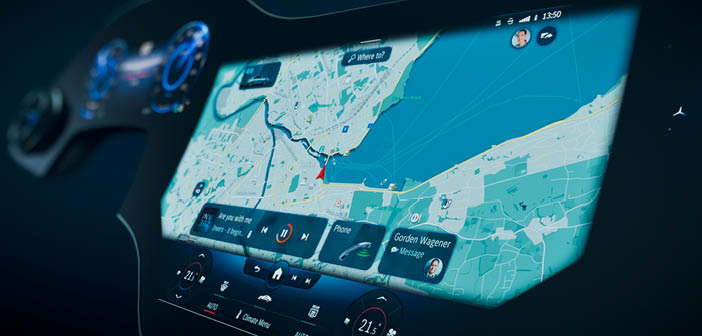
The MBUX Hyperscreen is surrounded by a continuous plastic front frame. Its visible part is painted in a three-layer process. Mercedes-Benz says the coating system achieves a high-quality impression due to extremely thin intermediate layers. Ambient lighting is integrated in the lower part to make the display unit appear to float on the instrument panel.
The passenger also has their own display and operating area. With up to seven profiles, it is possible to customise the content. However, entertainment functions are only available during the journey within the framework of country-specific regulations. If the passenger seat is not occupied, the screen becomes a digital decorative part.
OLED technology is used in central and passenger displays. This is where the individual image points are self-luminous; non-controlled image pixels remain switched off, so they appear deep black. The active OLED pixels, on the other hand, are intended to radiate with high colour brilliance, resulting in high contrast values, regardless of the angle of view and the lighting conditions.
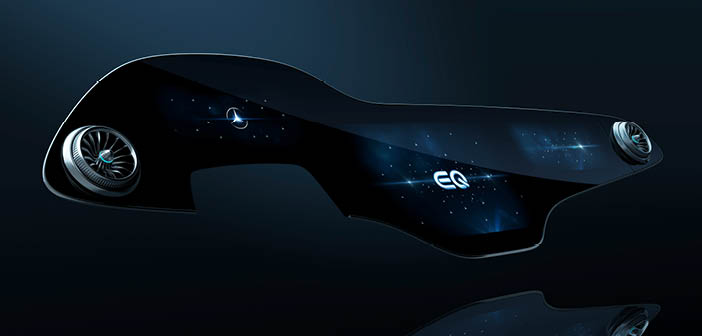
The large glass cover display is curved three dimensionally in the moulding process at temperatures of approximately 650°C. Mercedes-Benz says this process allows a distortion-free view of the display unit across the entire width of the vehicle, irrespective of the display cover radius.
There are 12 actuators beneath the touchscreen for haptic feedback during operation. If the finger touches certain points there, they trigger a tangible vibration in the cover plate.
Safety measures include predetermined breaking points alongside the side outlet openings, as well as five holders designed to yield in a targeted manner in a crash thanks to their honeycomb structure.
